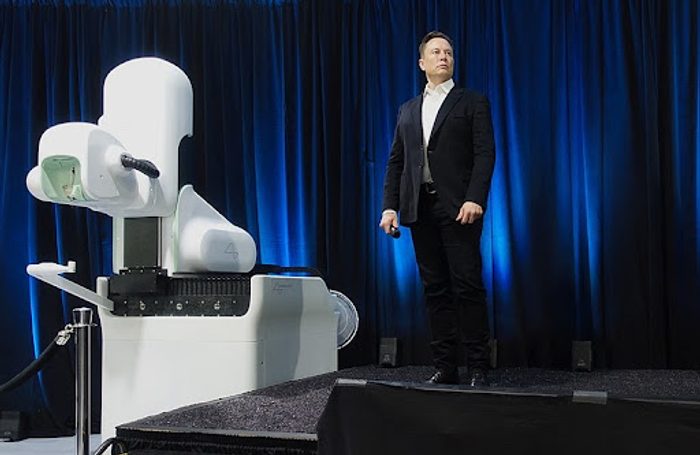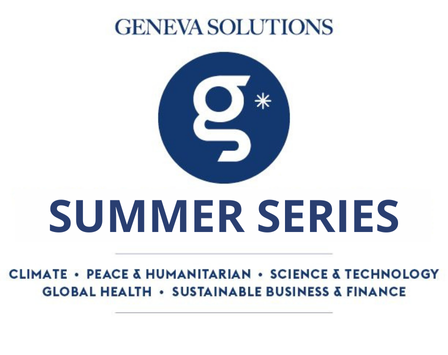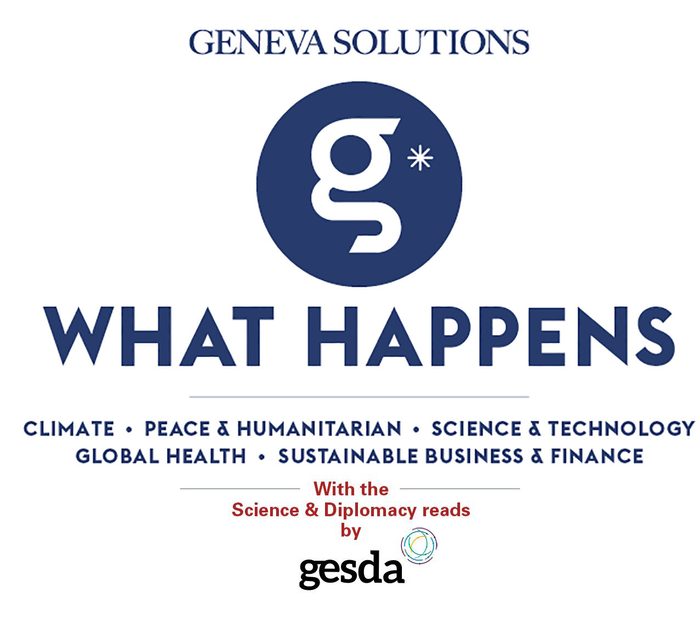Hi, this is Annika Erickson-Pearson from the Geneva Peacebuilding Platform. After two years of preparation and weekly zoom calls, I’m excited to be following the Conference on Environmental Peacebuilding this week, co-hosted here in Geneva. In my article below, I dig deeper into some of the big proposals of a new white paper to ensure a peaceful and sustainable future.
In other news, Haiti’s human rights record was scrutinised at the UN in Geneva this week amid growing violence and a worsening humanitarian situation in the country. Plus, as conversations turn to health and peace at the WHO, Russia warns against politicising its agenda. |

|

An artwork by Lynn Finnegan, one of nine artists and illustrators from around the world whose work accompanies the themes of the White Paper and Compendium, helping bring to life the opportunities, challenges, pain and beauty of Environmental Peacebuilding. (Credit: Lynn Finnegan)
|
|
🕊️ Why International Geneva’s ‘human dimension’ bodes well for environmental peacebuilding.
Areas with dwindling natural resources, harsh climate change impacts and biodiversity loss also tend to be those experiencing violent conflict. But it’s these countries that are hit the hardest that tend to receive little to no climate funding or support. With its human-centred approach embodied in its long history of humanitarian diplomacy and human rights, Geneva is well-placed to show the way forward for future collaborative action on nature and peace.
Geneva Solutions (EN)
|
|

A woman at the procession of the Immaculate Conception, in Port-au-Prince, Haiti, 8 December 2021, in which God was asked for the "liberation" of Haiti from the evils that afflict the country. (Credit: Keystone/EFE/Johnson Sabin)
|
|
🇭🇹 Haiti’s human rights record goes under review at the UN.
The process, known as a universal periodic review (UPR), comes six months after the assassination of its president Jovenel Moïse that plunged the country, already suffering from political unrest, growing gang-related violence, and a wave of natural disasters, into further turmoil. It was the first time the Caribbean nation’s human rights situation was scrutinised by any UN human rights body in five years.
Geneva Solutions (EN)
|
|
Here's what else is happening
|
|
Science and diplomacy reads by GESDA
|
|

Elon Musk (Credit: Wikipedia)
|
|
🧠 In 2017, Elon Musk made the headlines
when announcing that after electric cars, and space launchers, his new company Neuralink would develop brain implants that would, eventually, allow the merging of human and artificial intelligence. Now his claims are ringing alarms among experts, as the following in-depth article of Daily Beast nicely explains.
In October last year, in the MIT Technology Review, John Donoghue, a professor at Brown University and one of the founding scientists of BrainGate (one of the first brain implants tested since 2006 on disabled patients to allow them to drive the actions of robots) also showed concern about a “circus-like atmosphere” around brain implants.
Everybody in the field tends to agree that Neuralink has made great technical progress in the development of flexible brain implants, which are now smaller, more efficient, and safer. But the scientific community also largely agrees that it is much too early to make promises if not predictions on further clinical applications regarding augmenting memories or merging intelligences, for one simple reason: the neural code, the way the brain works, treats, exchanges and stores information, is still largely unknown. And we’re not even talking about the ethical issues that such research is raising, be they benefitting from tools that are as technology advanced as Elon Musk says.
If it is true that one should already anticipate the possible impacts of such advances in neuroscience, it is also true that the brain isn’t as easy to build and to perfect as a car or a rocket.
- Olivier Dessibourg, GESDA
(EN)
|

This selection is proposed by the Geneva Science and Diplomacy Anticipator
GESDA, working on
anticipating cutting-edge science and technological advances to develop innovative and inclusive
solutions for the
benefit of the planet and its inhabitants.
|
|
GS news is a new media project covering the world of international cooperation and development. Don’t hesitate to forward our newsletter!
Have a good day!
|

|
|
Avenue du Bouchet 2
1209 Genève
Suisse
|
|
|
| |











